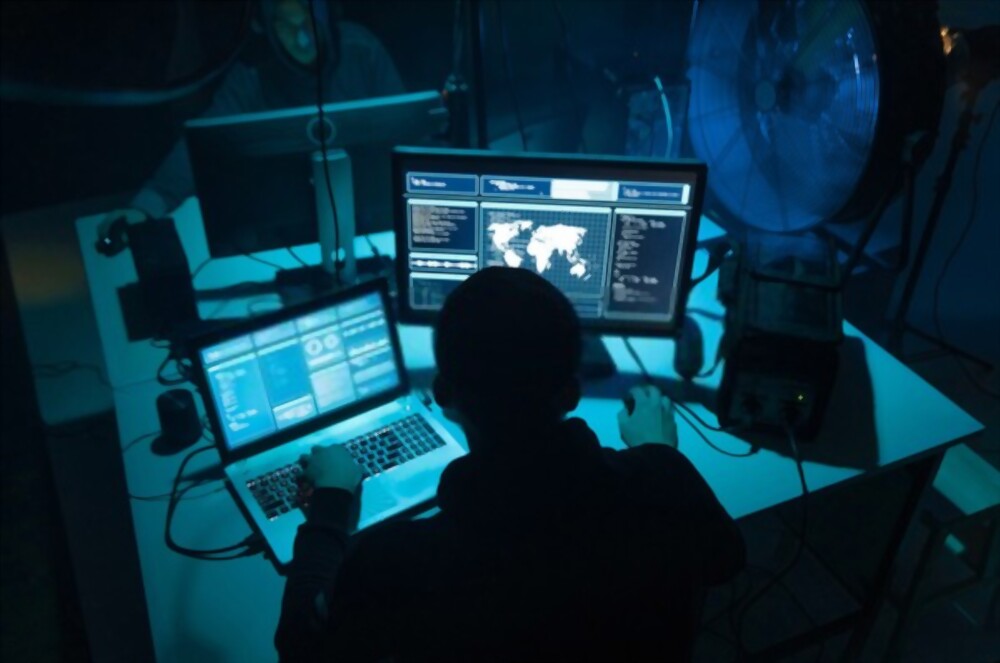Prevention is always better than cure which is why IT experts suggest that instead of worrying about what ransomware could possibly do to your systems, one should be worried about keeping it at bay and taking all necessary precautions. However, if you now have found your systems to already be affected by ransomware one way or another, you could always take certain measures directed towards ransomware removal.
Ransomware works by hackers encrypting the files on your device and then demanding ransom for a decryption code. Hackers also offer a deadline and if you don’t meet their demands by the deadline, you are likely to either lose access to your files or risk them getting destroyed from your system. Ransomware also has a category of scareware which are pretty easy to remove and are characterized by fake security software notifications that demand payment in order to remove malware from your system.
While removing ransomware from your systems completely is very difficult, however, it is not impossible. Ransomware is becoming extremely sophisticated in its modelling and approach. Hence, the approaches we take as victims to remove ransomware should also be efficient and sophisticated in order to safely recover all files and secure systems. Listed below are a few steps that one should take in case their systems get infected with ransomware:
-
Isolate and stop using infected devices
If your PC or any other device gets infected with ransomware, the very first thing you should do is disconnect all wired or wireless devices within its network and connectivity. This would essentially stop the ransomware from spreading into other devices and curb its effect only in the first device it affected. You should also disconnect any external hard drives, network drives, USBs, cloud storage accounts, etc. to ensure that you are completely isolating the device from others.
-
Try to identify the type of ransomware
In order to find a cure you must first understand the disease that you are hoping to cure. Hence, you should make an attempt to identify the type of ransomware your system is infected with. The most common ransomware include screen lockers – which are pretty easy to remove – and cryptolockers which can be a pain.
-
Remove the malware
In order to remove the malware, you could either opt for an antivirus or antimalware software, or you could contact professionals to remove the malware from your system in case of highly sensitive information. You could also try to remove the ransomware manually, but this isn’t recommended as you could possibly further compromise your system. Experts that remove ransomware do so for a fee, but ensure that you won’t be troubled by the same in the future by taking multiple measures and securing your systems.
-
Recover your files
In this step you essentially recover encrypted files and go through an entire file recovery process. In order to do so you could either restore from a backup or use decryption tools to decrypt any encrypted files. While it is difficult to recover files after a ransomware attack, it isn’t impossible. If you or a professional get your hands on the strain of encryption, the remaining steps that involve decryption are very easy and could be completed within a matter of minutes.
While ransomware attacks may seem like something that may never happen to you, it is possible that you could be a possible target of a ransomware attack at any given time. In fact, ransomware attacks happen to people that are most unsuspecting of an attack. Hence, it is advised that individuals and companies make all possible efforts to ensure that their systems are fortified and secure against potential malware threats and ransomware attacks at all times.
